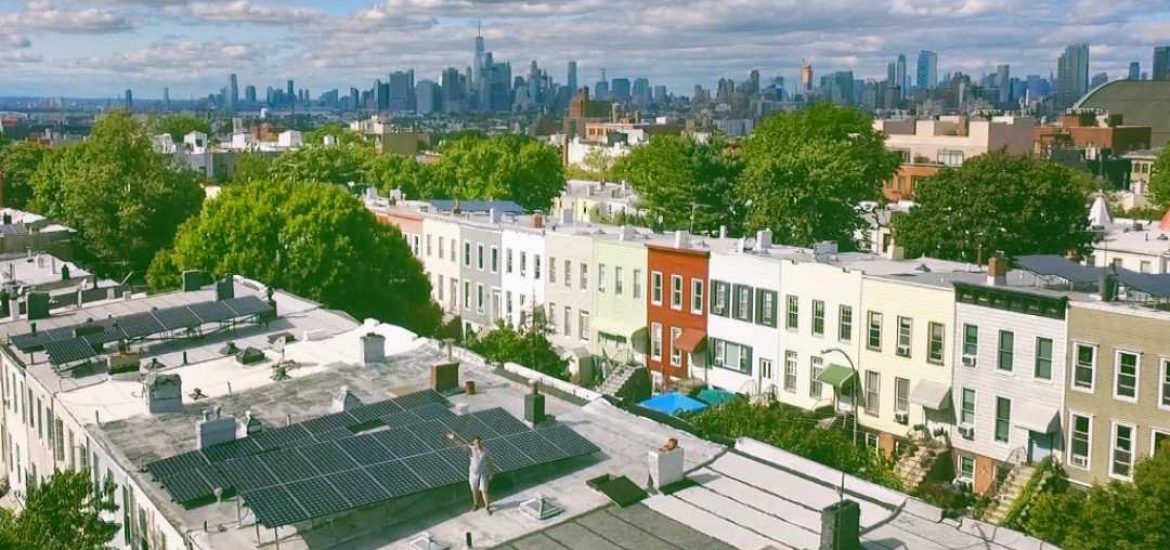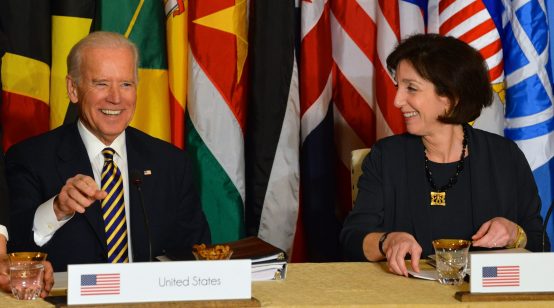
“Brexit means Brexit” was a famous tagline of the British Prime Minister Theresa May when she started campaigning to take over Number 10 on 11 July 2016. In the final weeks before her departure, Mrs. May also committed the UK to net-zero carbon emissions by 2050 by amending the Climate Change Act. The combination of Brexit and the 2050 emissions target are oblique nods to the desire for greater ‘energy sovereignty’ in a post-Brexit energy market.
Currently, the UK imports electricity from EU-27 countries, predominantly France, Ireland and the Netherlands. Connecting the UK grid with these countries are four international electricity cables, known as ‘interconnectors’, which have a capacity of 4 gigawatts (GW) and provide approximately 6%-10% of Britain’s total power supply. With 11 new interconnectors linking the UK and other European countries, including Denmark, Germany and Belgium, being contracted or planned, this percentage is expected to climb above 20% by 2025.

No matter if Brexit is ‘soft’ or ‘hard’, changes to such connections with continental Europe will be inevitable. Brexit poses a lurking risk to (renewable) energy trading across borders, as the Single Electricity Market cannot continue as it is. It is nigh impossible for the UK to meet its 2050 emissions target (even the UK chooses to abandon the EU’s 2030 renewable energy target of 32% after Brexit) without the interconnectors transmitting power generated by renewables, albeit intermittently.
Renewing future energy trade
If the UK leaves the EU without a deal on future energy trading agreements, all EU rules in energy market regulations will cease to apply in the UK. This means that the UK-based operators can no longer benefit from the current tariff-free electricity imports from the EU. The imposition of tariffs on (renewable) electricity imports will certainly result in energy price hikes for British consumers post-Brexit.
The uncertainties around the Withdrawal Agreement may have already propelled an average increase of household energy bills by £75 since the referendum. A no-deal Brexit would add a further £61 per year on average to such bills. Meanwhile, inadequate private investment, owing to policy uncertainty, is blighting the future prospects for traditional, high-capital renewable energy projects in the UK.
Sovereignty and blockchain
To ensure greater ‘energy sovereignty’, or at least stabilise energy prices post-Brexit, it has not been more strategically important for the UK to further ‘decentralise’ its energy market. The initial barriers to developing a decentralised renewable energy market, including (1) reliability of (or trust among) neighbouring prosumers and (2) under-investment, could be addressed with the advent of blockchain technology.
It could take thousands of words to fully explain the technicality of blockchain. Yet, the shortest definition of blockchain is that it is a distributed ledger grouping transactions into blocks that are chain-linked chronologically. These blocks are verified and cannot be altered or removed without changing every transaction within them. This is called the ‘consensus algorithm’, which makes the blocks very secure and ensures that both traders and consumers are protected without third-party intermediaries.
The recipe for full energy market decentralisation lies in the amalgamation of blockchain and the Internet of Things (e.g. smart meters) with affordable renewable energy production (e.g. rooftop solar panels) and storage equipment (e.g. batteries). Blockchain can help simplify the pricing structure and ascertain the renewables origin through peer-to-peer (P2P) trading in a community microgrid.
Goin’ back to Brooklyn
The world’s first blockchain-supported microgrid is the Brooklyn Microgrid created in 2016 by LO3 Energy, in which a member of the Renewable Energy Working Group of the Blockchain & Climate Institute, Molly Webb, is involved. The Brooklyn Microgrid enables residents to reliably sell excess energy to their neighbours by taking advantage of blockchain, especially ‘smart contracts’. These programs are essentially self-executing and facilitate the exchange of anything of value. They automate P2P energy trading by providing an automated marketplace where neighbours can bid among each other to purchase renewable energy. LO3 Energy pushed the concept further with its Exergy Project dedicated to fundamental data sharing and permissioning with other market players such as solar PV installers. This permits many more new energy services become possible. In the UK, LO3 teamed up with Centrica for a trial of the Brooklyn Microgrid model in Cornwall last April.
Cryptocurrency is an important tool to scale up the decentralisation movement. An example is NRGcoin created by Enervalis in Europe and in which Dr Mihail Mihaylov, another member of the BCI’s Renewable Energy Working Group, is deeply involved. NRGcoin aims partly to address the blind spots of net-metering and feed-in tariff systems, which actually reward excessive production of green energy in a neighbourhood. It is ultimately a decentralised mechanism based on smart contracts with multiple stakeholders, including the utilities, grid operators, distributed system operators, utilities and of course, buyers and sellers of energy.
The devil is in the details
That said, it will still be the details of the energy chapter of the final Withdrawal Agreement from the EU that determine the necessity of rapid energy market decentralisation in the UK. The application of blockchain has undeniably limited capacity to influence the ongoing Brexit negotiations. It can only make a hard Brexit softer for the UK energy market if British prosumers are willing to join the blockchain movement.






[…] News Source […]
[…] Creit: Source link […]
very nice info thanks for sharing yes it is I agree with you